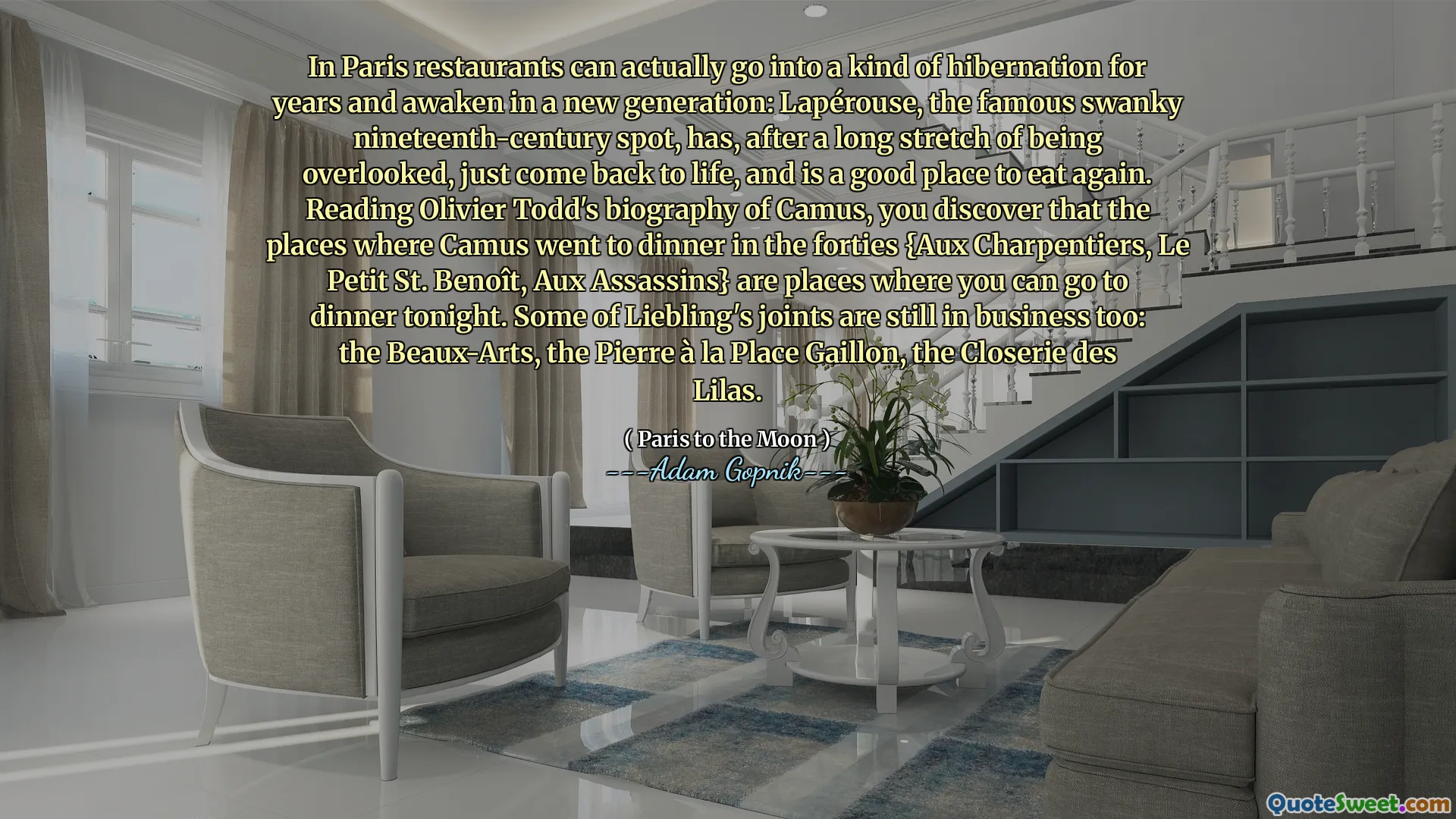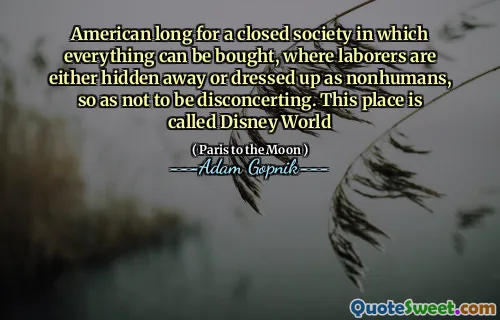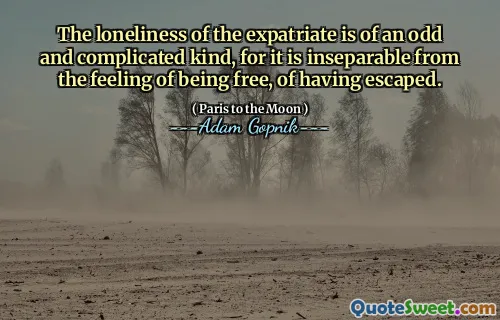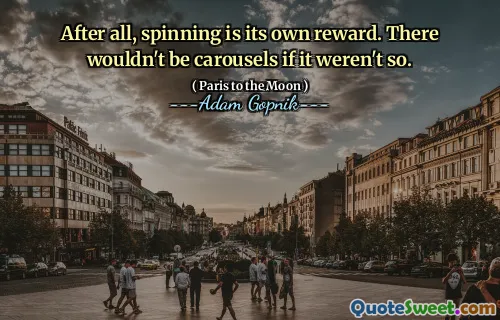
パリでは、実際には何年もの間、一種の冬眠に入り、新世代に目覚めることができます。有名なスワンキーな19世紀のスポットであるラペロウスは、長い間見過ごされていた後、人生に戻ってきて、良いことです。再び食べる場所。オリビエ・トッドのカミュの伝記を読むと、カミュが40年代に夕食に行った場所{aux charpentiers、le petit st.benoît、aux assassins}が今夜夕食に行くことができる場所であることがわかります。 Lieblingのジョイントのいくつかはまだビジネス中です。Beaux-Arts、Pierre’la Place Gaillon、Closerie des Lilas。
(In Paris restaurants can actually go into a kind of hibernation for years and awaken in a new generation: Lapérouse, the famous swanky nineteenth-century spot, has, after a long stretch of being overlooked, just come back to life, and is a good place to eat again. Reading Olivier Todd's biography of Camus, you discover that the places where Camus went to dinner in the forties {Aux Charpentiers, Le Petit St. Benoît, Aux Assassins} are places where you can go to dinner tonight. Some of Liebling's joints are still in business too: the Beaux-Arts, the Pierre à la Place Gaillon, the Closerie des Lilas.)
パリでは、特定のレストランは長期間閉鎖されたままであり、後で再開するためだけに、新世代の食事のために若返りました。例は、19世紀のかつて人気のある施設であるLapérouseです。これは、やや無視された後、望ましい食事先としての地位を取り戻しました。このリバイバルのサイクルは、歴史と近代性が交差する都市のユニークな料理の風景を強調しています。
パリの食事の永続的な遺産は、アルバート・カミュなどの文学的な人物のレンズを通しても見ることができます。 Olivier ToddのCamusの伝記では、読者は、Aux CharpentiersやLe Petit St.Benoîtを含む1940年代に頻繁に頻繁に行ったさまざまな飲食店が、今日でも利用者に仕えていることを発見しました。同様に、作家A.J.が言及したいくつかの施設嘘は、closerie des lilasのように、繁栄し続け、パリのレストランシーンの永続的な魅力と文化的豊かさを紹介します。











